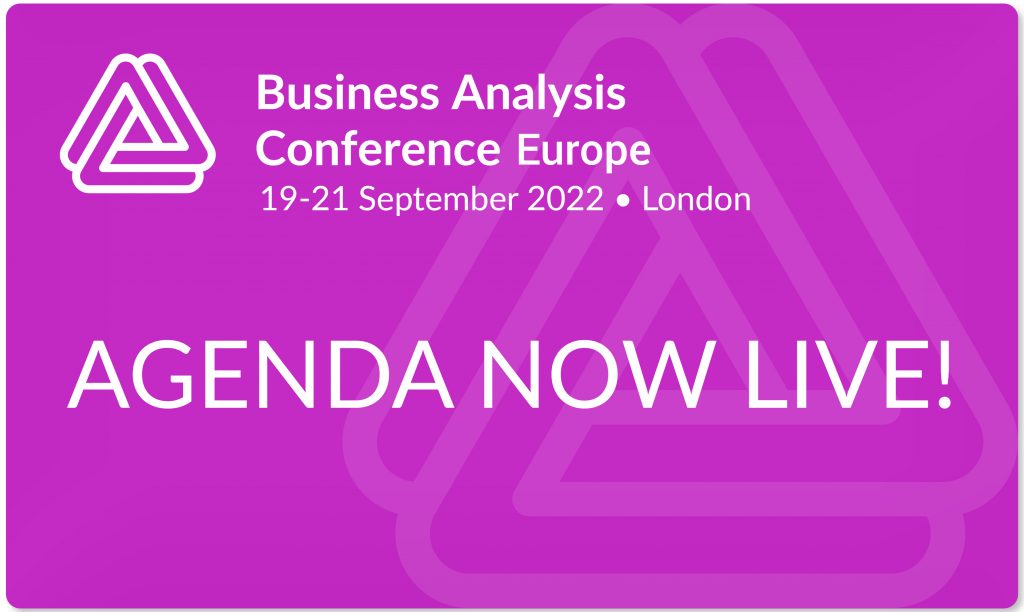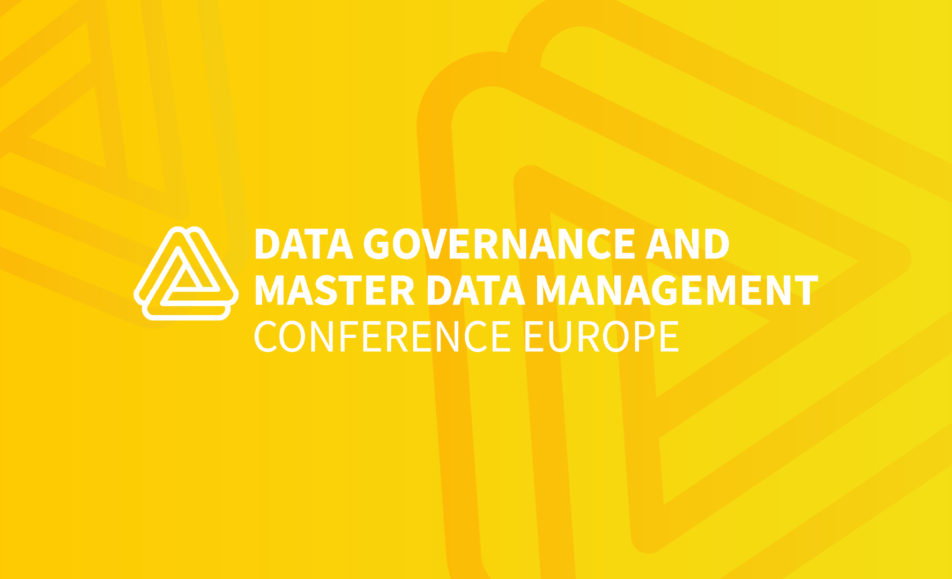

Data Strategy, Solutions & Analytics Lead
Everyday Banking
By MH van Staden MIT Big Data Science in progress Data Strategy, Solutions & Analytics Lead, Everyday Banking
Insights do not come from data.
Often business stakeholders will cast their eyes to the data team looking to learn something new and useful.
Especially as a young data specialist, or somebody relatively new to the environment, this can be quite a daunting expectation to face. Sitting across from colleagues who have been around for decades, built up a wealth of knowledge in their area and seen it all, how do you even start to gauge what will be new to them? And then when you do, miraculously, manage to come up with something slightly novel, the next question waiting for you will probably be so what, how do we practically use it?
This is too much to ask.
Figure out what you want to know
With data storage costs dropping, it is easier to just try and store everything, in the hope that some of it will be useful somehow. Managing information, towards making it possible to extract value, does however become increasingly complex and expensive, as the volume grows.
Be purposeful about what you collect.
Start out with a clear strategy around the type of feedback you are going to need on your operations and interactions with customers. Ask specific questions, rather than just wading into the data hoping to kick a golden nugget.
Share details of your vision and goals with your technical teams. Expose your data specialists to strategic discussions, so they can get to know the business. Empower them to see where their skills can add value.
Sense check what the data is telling you with domain knowledge. Great learning can come from unexpected data points, but more often than not, those close to the action should have a really good idea of what to expect.
Data proof points of existing knowledge can be super powerful in supporting decision making and boosting progress.
Rather use a hammer for hitting nails
With data being so pervasive, and top of mind, the temptation exists to believe that it can solve all problems.
When you really want to understand your customers, looking at their demographic data can only tell you so much. Gathering more information on the processes they go through and the interactions they have with you, can definitely add more to the picture. Surveys are useful. Sometimes, however, there is still no substitute for having an actual conversation with some of them to truly understand where they are at, their thoughts and feelings.
Similarly, data is great for keeping track of general business performance, when you know how best to measure it. But before doing any new deep dive analytics, it is imperative to first have a discussion with those who know what is going on. Direct experience can often give you the answers you are looking for off hand, or worst case guide you on where to go look for further insight.
Baking a cake is so much easier when you’ve got a tried and tested recipe that has been passed on. Data adds innovative icing on top.
Believe in auto insights when you see it
Machines can do wonderful things, and in a decade they might very well be able to tackle tasks we cannot imagine anything other than a human accomplishing today.
The biggest challenges in delivering insights, I believe, is in obtaining sufficient context to focus on what is relevant, and secondly in transmitting the findings in a way that lands and resonates with the audience.
Relevance can often be very fluid and person specific. I don’t think we understand it anywhere well enough to teach the discovery process to a computer. Telling an impactful data story goes way above picking the right visualization. Successful outcomes are all about relationships, listening & collaboration.
Despite the ability to churn through massive volumes of data, generic machine generated observations have very little chance of hitting the sweet spot. For now, and the foreseeable future, at least, we need people to navigate the involved space between data and insight.
Data work is not magic
Promises abound of data solutions saving the day, and coming to the rescue of organisations in desperate need of insights.
Data can definitely give you a picture of how the business is currently doing, given very clear steer on what good and bad means in your specific environment. Data can even identify new opportunities, but only if you’ve got a good idea of where to look and what you are looking for.
Even the most highly trained and skilled data practitioners, on the cutting edge, cannot pull magical insights out of thin air. For useful insights you need to:
- Understand the real world first,
- Learn what data cannot do &
- Appreciate the value of the human in the loop
Data in general is a bit like a search engine. If nobody has purposefully written about what you need, you’re not going to find it and if you do not know what you are looking for, the search bar remains empty.
Once you do start typing out your wants and needs, things start happening. The more specific you are, the more likely you are to strike gold.
Build your mine where the gold is.



